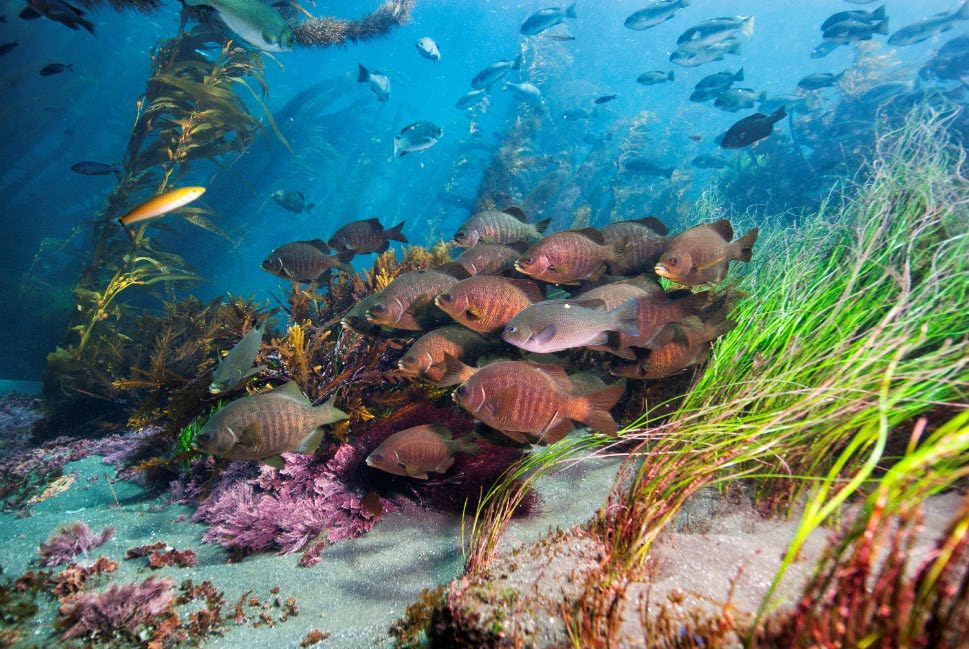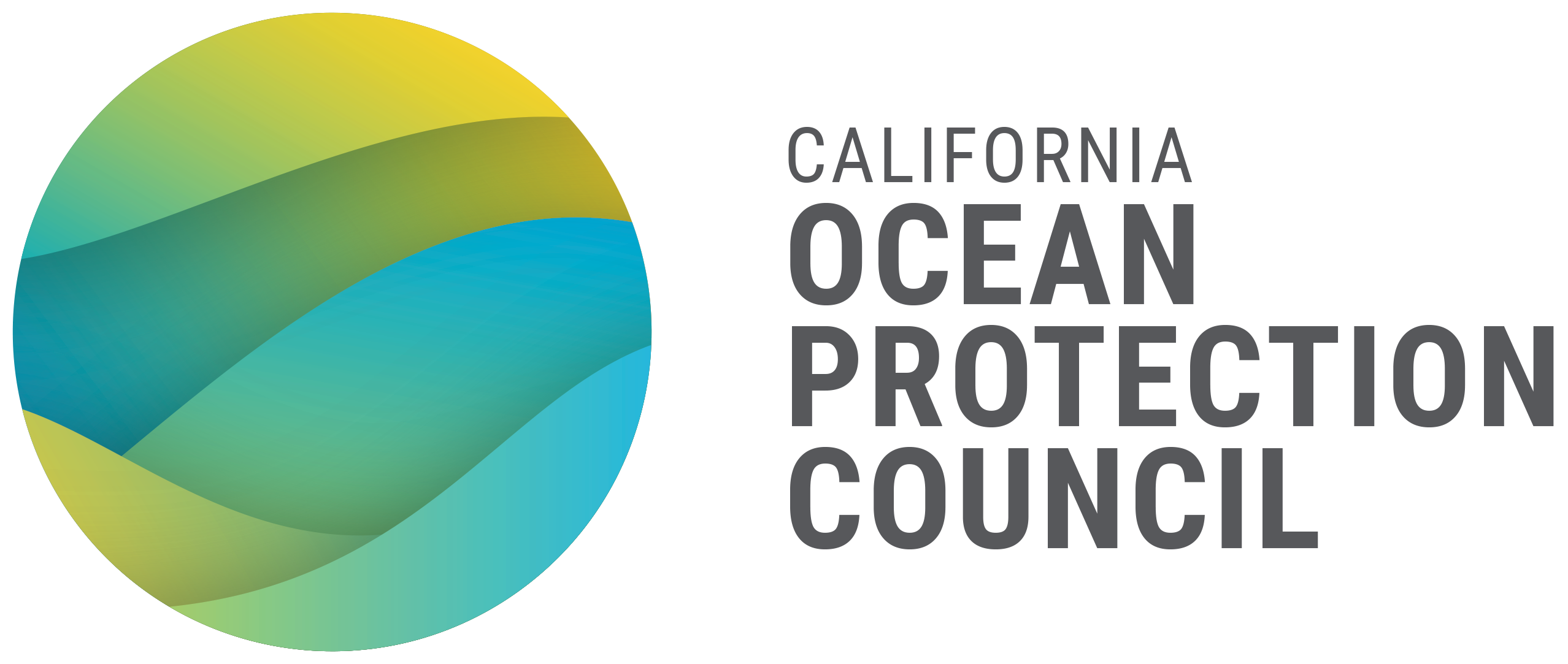Advancing 30×30 in Coastal Waters – Full proposals due by November 7, 2025
It has come to our attention that some Letters of Intent submitted to OPC’s Advancing 30×30 in Coastal Waters Solicitation were not received due to technical issues.
If you submitted a Letter of Intent by the July 18 deadline but did not hear back from OPC, please forward your original email submission to Staci Lewis at Staci.Lewis@resources.ca.gov by 5:00pm on October 10, 2025 to ensure your Letter of Intent receives full consideration.
We apologize for any inconvenience.
In October 2020, Governor Newsom issued Executive Order N-82-20, advancing environmental conservation as an administration priority and elevating the role of nature in combating climate change. As part of this Executive Order, California committed to the goal of conserving 30% of state lands and coastal waters by 2030 (also known as the “30 by 30” or “30×30” initiative). In April 2022, the California Natural Resources Agency released Pathways to 30×30: Accelerating Conservation of California’s Nature, which defines 30×30 Conservation Areas, highlights the breadth of conservation that is consistent with this definition, and establishes 10 pathways for achieving 30×30 in California.
Five years into the 30×30 initiative, and halfway to the initiative’s target date, OPC has developed a Roadmap to Achieving 30×30 in Coastal Waters. This roadmap builds on Pathways to 30×30 and was developed in close partnership with scientific experts. Informed by extensive tribal consultation and public input, the roadmap sets an ambitious and world-leading standard for marine conservation while promoting ways in which people and nature can thrive together. California currently stands at 21.9% of coastal waters conserved.

Moving forward, OPC and partners will continue the effort to conserve an additional 8.1%, or 275,000 acres, of coastal waters by 2030. OPC is now seeking proposals for projects that will help to support this effort. This solicitation is intended to advance 30×30 in coastal waters by:
- Enhancing coastal and marine biodiversity conservation
- Strengthening biodiversity protections in existing 30×30 Conservation Areas
- Supporting the identification of potential new 30×30 Conservation Areas
- Providing direct benefits to coastal and marine biodiversity via restoration or other on-the-ground environmental stewardship activities
- Supporting stewardship of coastal and marine ecosystems by local communities and California Native American tribes
$10 million is available through this solicitation to fund projects for up to two years. Proposals will be accepted for three separate tracks: action-oriented science (Track 1), accelerating environmental restoration and stewardship (Track 2), and revitalizing tribally-led stewardship (Track 3). More details on each track can be found in the solicitation.
LOI applicants invited to submit a full proposal will be notified by August 15. Full proposals are due on Friday, November 7, 2025, by 5:00 p.m. See the solicitation for the full timeline.
Frequently Asked Questions
Q: What are the criteria for evaluating full proposals?
A: Proposals will be evaluated and scored based on the following criteria: 1) Alignment with Proposition 68 Grant Guidelines and solicitation priorities; 2) Benefits to coastal communities and/or California Native American tribes; 3) Applicant capacity to successfully complete the proposed work; 4) Project methodology; and 5) Leveraging of funding sources. A complete scoring rubric can be found on pages 19-20 of the solicitation.
Q: What are OPC’s limits on indirect cost?
A: OPC is limited to 25% indirect cost for University of California and California State University grantees, and 15% indirect cost for all other grantees.
Q: What are the geographic boundaries for proposed projects?
A: Only projects that benefit coastal and marine ecosystems and communities will be considered. Generally, this translates into projects that occur in state waters (out to the 3 nautical mile state water boundary, including offshore islands) or within the coastal zone, including estuaries.
Q: Do projects need to take place within designated 30×30 Conservation Areas?
A: No, projects can take place either inside or outside designated 30×30 Conservation Areas.
Q: Do projects need to provide policy or management recommendations?
A: Letters of Intent and full proposals should clearly articulate how project outcomes will advance 30×30 in coastal waters. For Track 1 projects, this may take the form of policy or management recommendations (e.g., recommendations for strengthening biodiversity protections in existing 30×30 Conservation Areas, or recommendations for potential new 30×30 Conservation Areas). For Track 2 and Track 3 projects, this may take the form of on-the-ground stewardship activities (e.g,. restoration, water quality improvement, invasive species management).
Q: Do projects need to provide benefits to disadvantaged or severely disadvantaged communities?
A: All project applicants are encouraged to demonstrate how proposed projects will benefit disadvantaged communities, severely disadvantaged communities, and/or diverse populations, particularly minority, low-income, and disabled populations, federally recognized and non-federally recognized California Native American tribes, and tribal communities. See OPC’s Proposition 68 Grant Guidelines for more information.

